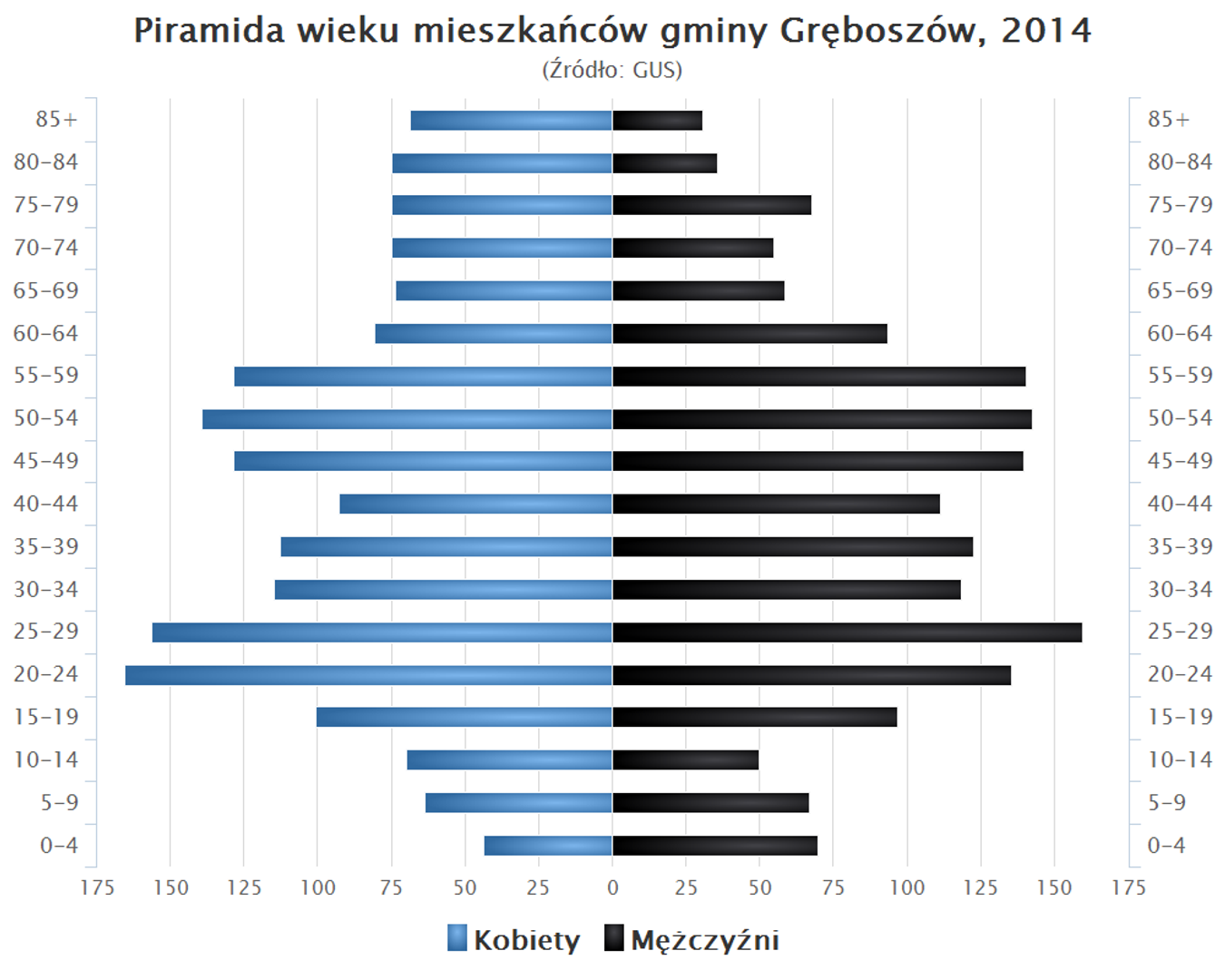Greboszow
6.07

Overview
Gręboszów is a village with a rich history, first mentioned in 1287. At that time, the village was in the hands of knights bearing the Nieczuja coat of arms. Its name derives from the name of its presumed founder, Grębosz. Archaeological finds, such as Roman coins, suggest that the settlement was located on an important trade route. By 1539, a parish school already existed in Gręboszów. In the 17th and 18th centuries, the village suffered numerous devastations, including during the Swedish invasion between 1702 and 1709. After the First Partition of Poland, the lands of Gręboszów became the property of Count Wodzicki. During and after the November Uprising, the inhabitants of Gręboszów engaged in patriotic activities, smuggling food and weapons. In 1863, fugitives from the Kingdom of Poland were smuggled through the customs chamber in Ujście Jezuickie, and among those arrested was General Marian Langiewicz. Gręboszów is also associated with Marshal Józef Piłsudski, who crossed the Dunajec River in this area in 1914. During World War II, the village witnessed brutal battles and repression by the occupiers, and many people lost their lives. The municipality of Gręboszów, located in the Lesser Poland Voivodeship, covers an area of 48.63 km², predominantly agricultural land. Between 1975 and 1998, the municipality was part of the Tarnów Voivodeship. In 2009, Gręboszów had a population of 3,529. The villages within the municipality include Bieniaszowice, Biskupice, Borusowa, Gręboszów, Hubenice, Karsy, Kozłów, Lubiczko, Okręg, Ujście Jezuickie, Wola Gręboszowska, Wola Żelichowska, Zapasternicze, Zawierzbie, and Żelichów. Despite its small area, Gręboszów remains an important part of local culture and history, preserving traces of bygone eras and events.
Location
2025 Wizytor | All Rights Reserved